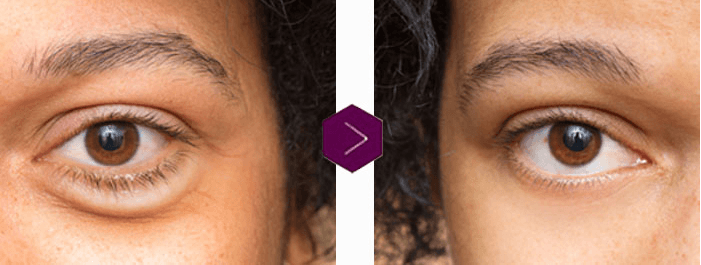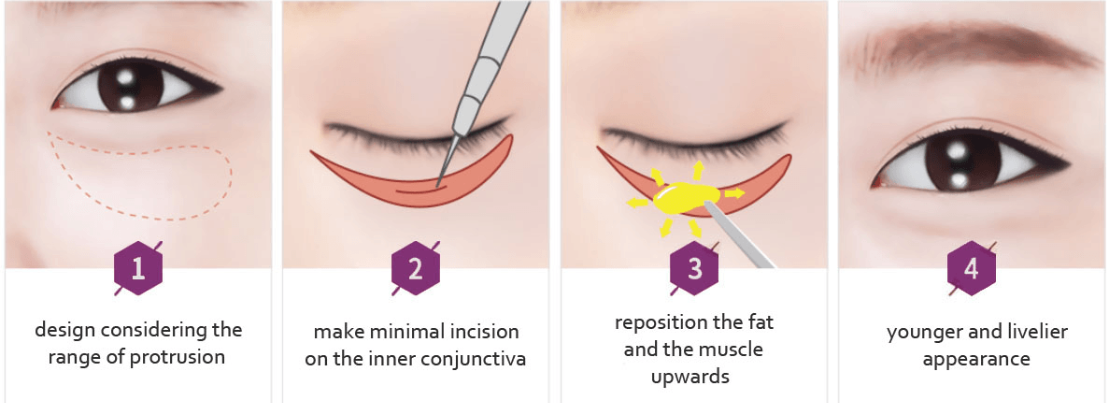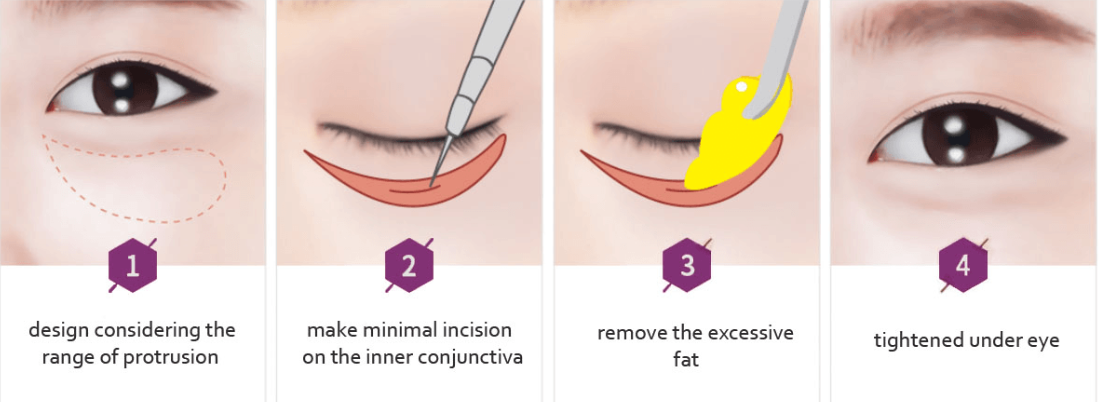(FAQs) about under-eye-correction
Under-eye correction, also known as fat repositioning, is a cosmetic procedure aimed at addressing issues such as bags or puffiness under the eyes. It involves redistributing or repositioning the fat pads under the eyes to achieve a more youthful and rejuvenated appearance.
Ideal candidates are individuals bothered by under-eye bags, puffiness, or a tired appearance. Good candidates are generally in good health and have realistic expectations about the outcomes of the procedure.
Techniques may include lower blepharoplasty (surgical removal or repositioning of fat and excess skin), fat grafting (transferring fat from one area to another), or transconjunctival blepharoplasty (accessing and repositioning or removing fat through an incision inside the lower eyelid).
The duration varies based on the specific technique and extent of correction needed. Typically, the procedure takes a few hours, but the exact time will be discussed during your consultation.
Recovery involves some bruising and swelling, which usually subsides within a week or two. Patients may return to normal activities after this period, with careful postoperative care and follow-up appointments.
Like any surgical procedure, there are potential risks, including infection, scarring, or dissatisfaction with the results. These will be thoroughly discussed during your consultation, and steps will be taken to minimize these risks.
While initial improvements may be visible shortly after the procedure, the final results may take several weeks to months as swelling subsides and tissues heal.
Results are long-lasting, but the aging process continues. Factors such as genetics, lifestyle, and skincare can influence how long the results endure.







